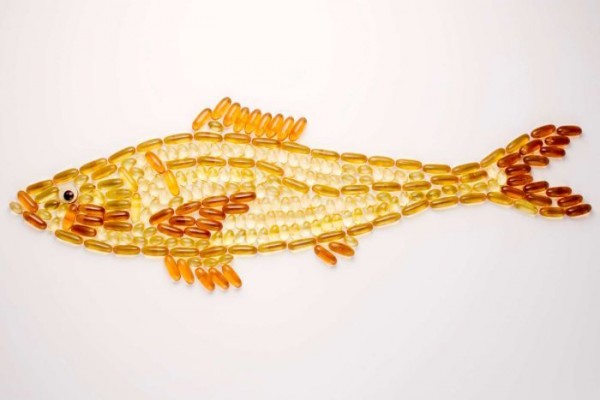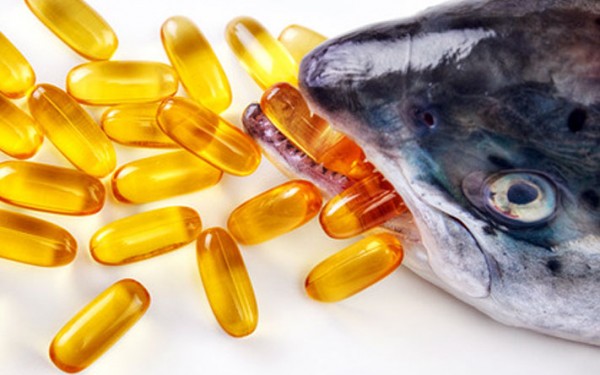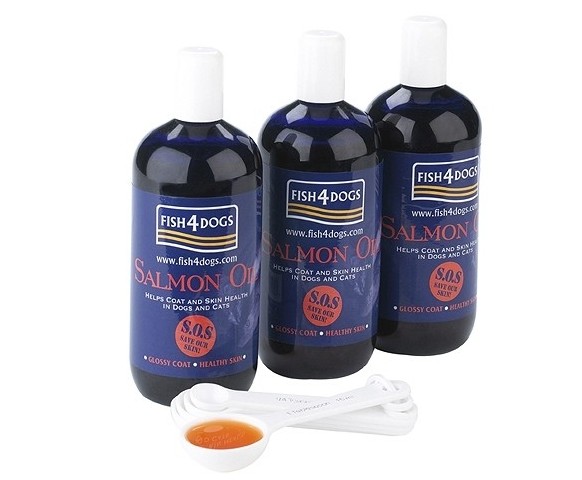Omega fatty acids have multiple benefits for us humans, but what about our four-legged friends?
Of the eleven different types, only two can’t be synthesised by the body and need to be supplemented: Omega-3 and Omega-6.
For us, these two ‘essential’ fatty acids help lower blood pressure, cholesterol levels and minimise the risk of heart disease.
Likewise for dogs, we need to ensure there’s a healthy mix of Omega-3 and Omega-6 fatty acids in their diet.
Omega-3 sources
Common sources containing high levels of Omega-3 fatty acids include:
- Salmon oil
- Krill oil
- Chia seeds
- Flaxseed oil
- Spinach
- Flax seeds
Omega-6 sources
Too much Omega-6 (often found in commercial dog foods) causes inflammation – an environment favoured by cancerous cells.
Common sources containing high levels of Omega-6 fatty acids include:
- Vegetable oil (safflower)
- Egg yolk
- Sunflower Seeds
- Grain-fed meat
- Margarine
- Popcorn
- Turkey and chicken fat
- Chunky Peanut butter with added salt
- Turkey bacon
- Pecan, Almond, Pistachio nuts
What’s the right ratio?
It’s important to get the ratio of Omega-3 and Omega-6 right for your dog’s diet.
A deficiency of these essential fatty acids are also linked to health problems including diabetes, cancer and heart disease.
Dr. Doug Bibus completed a fatty acid study with dogs and recommends a ratio between 2:1 to 4:1 of Omega-6 to Omega-3.
The amount of fatty acid present is also highly important, so it’s recommended the source contain at the very minimum 0.3% Omega-3 and 2.2% Omega-6.
How to know if dog diet is lacking Omega-3?
Symptoms of Omega-3 fatty acid deficiency include:
- Fatigue
- Joint pain
- Dry coat
- Brittle nails
- Flaky, itchy, dry skin
How much Omega-3 fatty acids should I be giving my dog?
Puppies, pregnant and lactating bitches, and pups recovering from chronic problems and injuries all require an increase in essential fatty acids (of all kinds).
The amount given depends on how active your dog is and what else you’re feeding your dog in their diet. Try and aim for:
- 250mg daily for toy breeds (1-14 lbs) 6kg
- 500mg daily for small dogs (15-29 lbs) 6kg – 13kg
- 1000mg daily for medium dogs (30-49 lbs) 13kg – 22kg
- 1500mg mg daily for large dogs (50-79 lbs) 22kg – 35kg
- 2000mg daily for dogs 80+ lbs 35kg
Is there such a thing as too much Omega-3?
Although the positives far outweigh the negatives, too much Omega-3 can actually be a bad thing.
Wounded areas
Omega-3 decreases the amount of blood platelets forming at a laceration. In other words, if your dog suffers from a cut or wound and draws blood, there is a reduced amount of blood platelets to aggregate and stop the bleeding quickly. Dog owners should be aware of this, especially if your dog has plans to undergo surgery.
Anti-inflammatory
As Omega fatty acids act as anti-inflammatories, they may also impinge on how wounds heal.
In the event of too much Omega-3, the wound won’t inflame. If inflammation isn’t taking place, then white blood cells aren’t able to travel to the site of the wound to start the healing process.
Moreover, the other purpose of white blood cells is to protect against infection. If fatty acids are restricting white blood cells from reaching the wound site, then the wound can’t heal.
While omega fatty acids are good at reducing inflammation from allergies and other reactions, too much can be dangerous for pups.
How should I feed my dog Omega fatty acids?
We’ve found that the most convenient way to ensure your pup’s getting the right dose of this is to use a fish oil such as the Fish4Dogs SOS Salmon Oil. We’ve used this drizzled over dog food (in strictly measured amounts) and in dog treat recipes. Be aware that if baking with the oil, some nutrients will be lost.
Do you use Omega fatty acids?
Here at DogBuddy we understand all dogs are different and each require very alternative dietary requirements. Share your dog’s diet with our community by commenting below.



